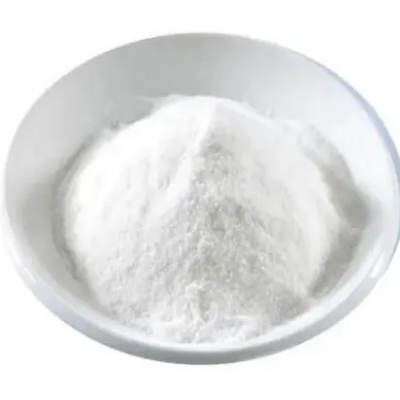somatostatin CAS:51110-01-1
The diverse physiological effects of somatostatin have paved the way for its utilization in an array of clinical contexts, illustrating its significance in numerous medical applications: Neuroendocrine Tumors: Somatostatin analogs are widely employed in the management of neuroendocrine tumors (NETs) due to their ability to bind to somatostatin receptors expressed on these tumors. By exerting inhibitory effects on hormone secretion and tumor growth, somatostatin analogs play a crucial role in controlling symptoms and stabilizing disease progression in patients with NETs. Gastrointestinal Bleeding: Somatostatin and its analogs are utilized in the treatment of acute variceal bleeding, particularly in cases where standard interventions such as endoscopic therapy may not be immediately available. By reducing splanchnic blood flow and inhibiting the release of vasoactive substances, somatostatin contributes to hemostasis and offers temporary stabilization in emergent situations. Pancreatitis: In acute pancreatitis, somatostatin analogs are employed to inhibit exocrine pancreatic secretion, thereby reducing pancreatic enzyme release and ameliorating inflammation. Their use may help mitigate local complications and support the management of acute pancreatitis in specific clinical scenarios. Acromegaly: For individuals with acromegaly, a condition characterized by excessive growth hormone production, somatostatin analogs offer a valuable therapeutic approach. By suppressing the release of growth hormone from pituitary adenomas, these analogs aid in controlling disease manifestations and mitigating associated comorbidities. Radiolabeled Somatostatin Analogs: Radiolabeled somatostatin analogs, such as octreotide and lanreotide, are utilized in somatostatin receptor imaging and targeted radionuclide therapy for NETs. These compounds enable the visualization of somatostatin receptor-expressing tumors and facilitate the delivery of localized radiation to tumor cells, offering a personalized approach to cancer management. The wide-ranging applications of somatostatin and its analogs underscore their significance in the clinical landscape, encompassing areas such as oncology, gastroenterology, endocrinology, and nuclear medicine. As ongoing research continues to unveil new insights into somatostatin's physiological functions, its therapeutic potential remains a focal point for innovative approaches to addressing complex medical conditions and improving patient care outcomes.



| Composition | C76H104N18O19S2 |
| Assay | 99% |
| Appearance | white powder |
| CAS No. | 51110-01-1 |
| Packing | Small and bulk |
| Shelf Life | 2 years |
| Storage | Store in cool and dry area |
| Certification | ISO. |









